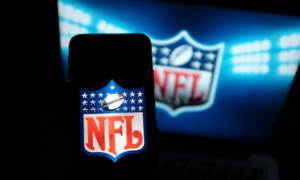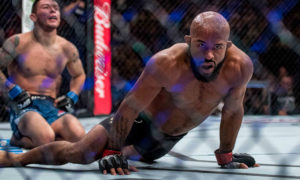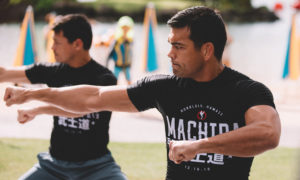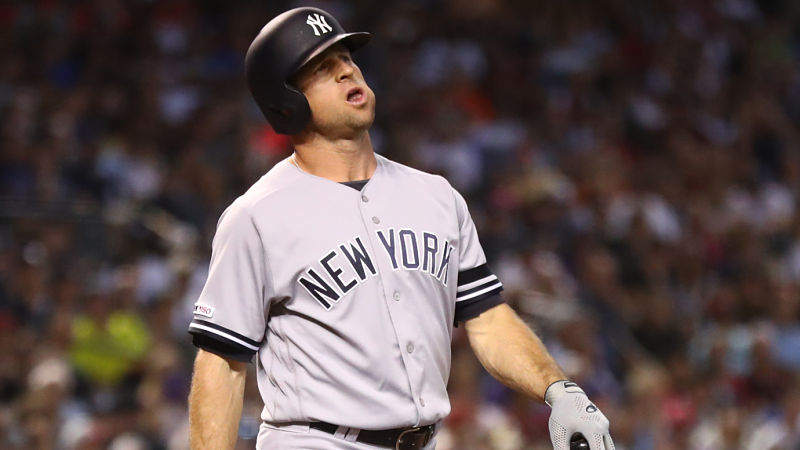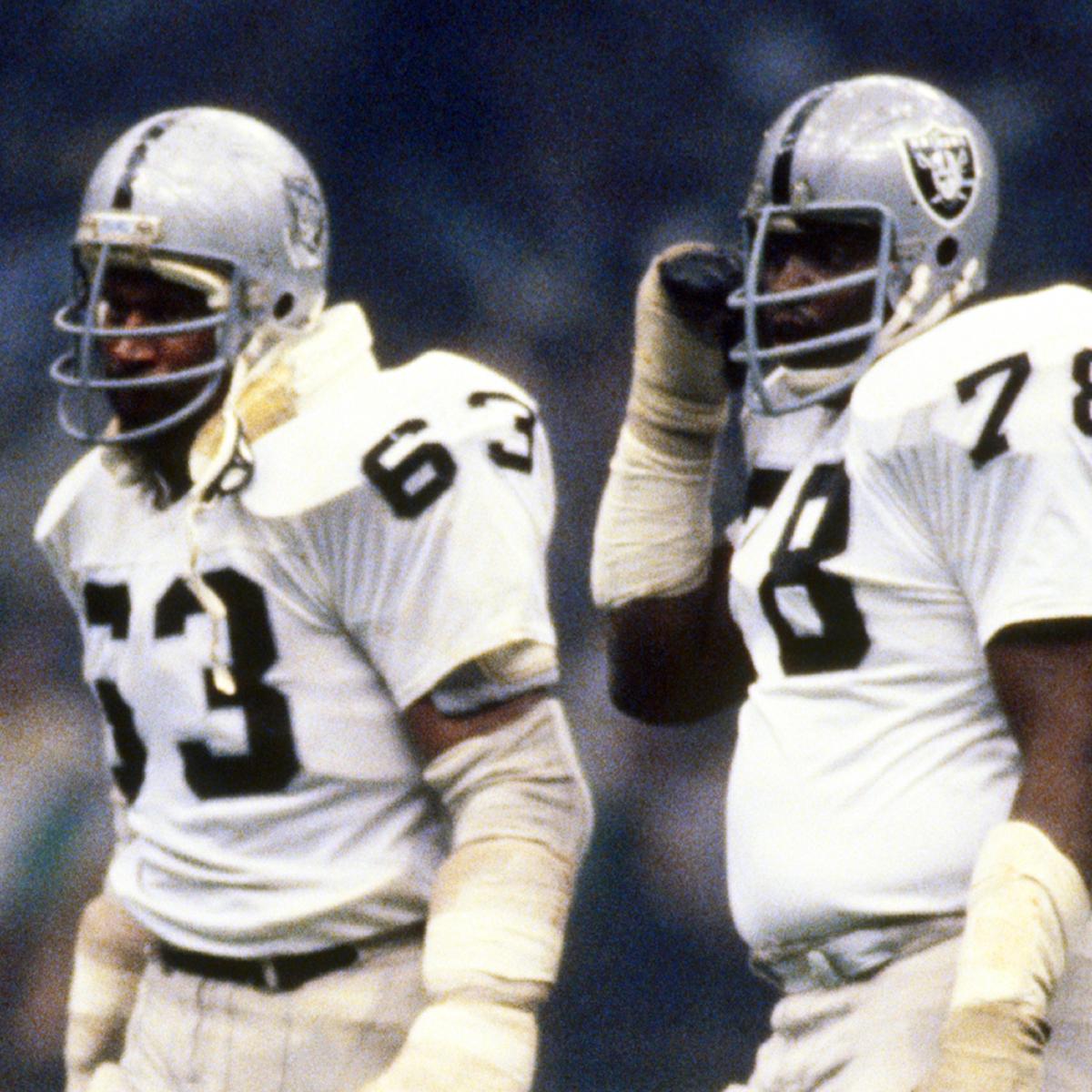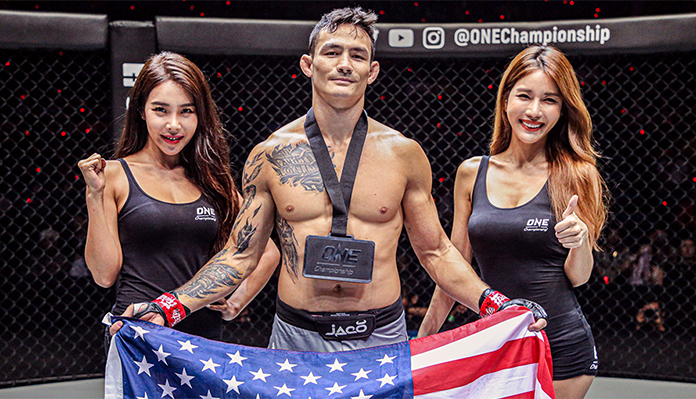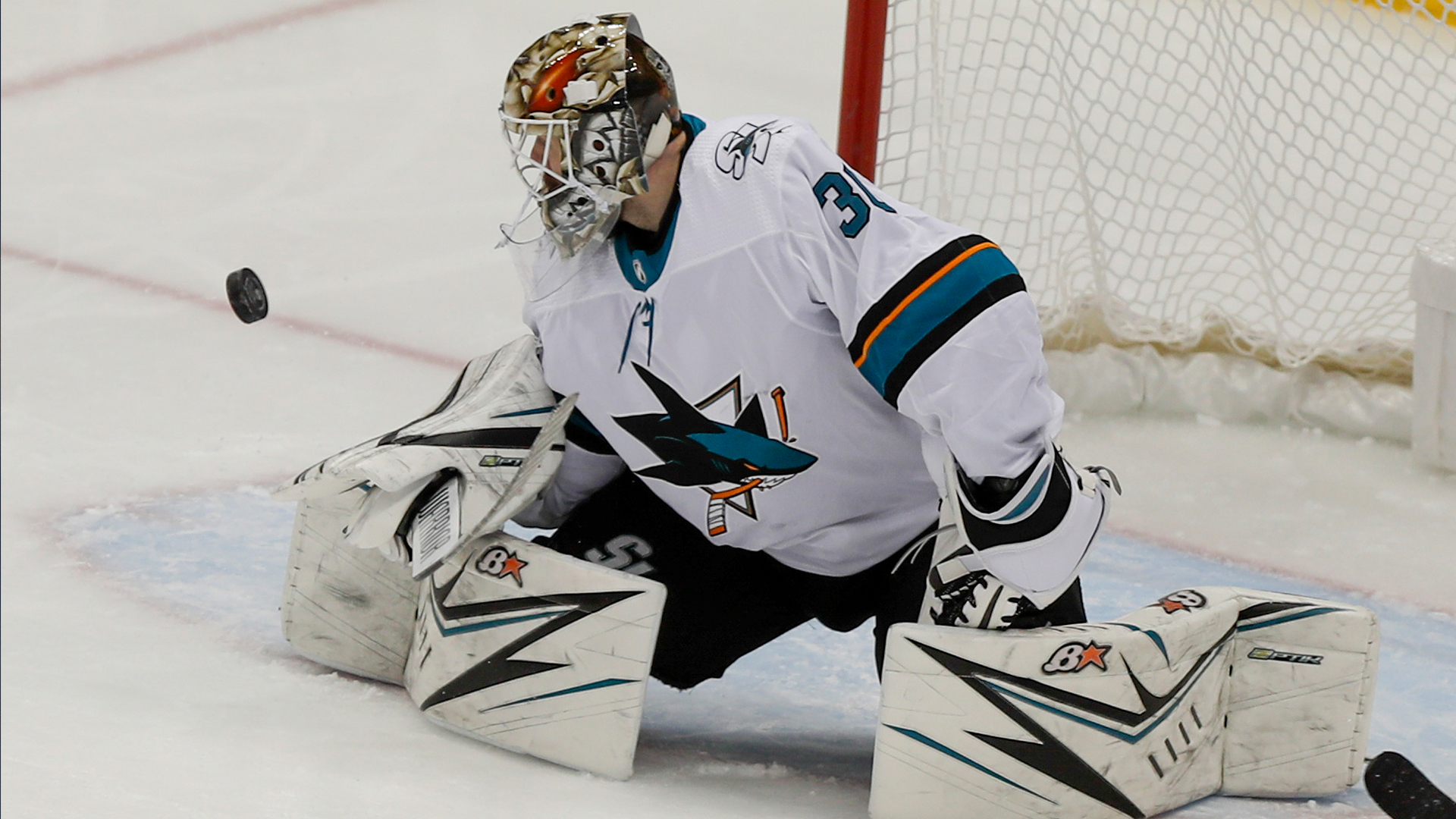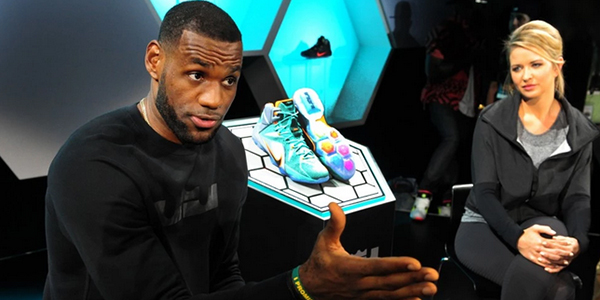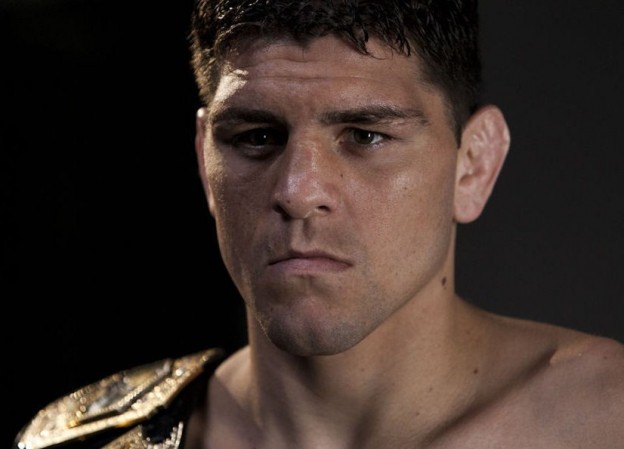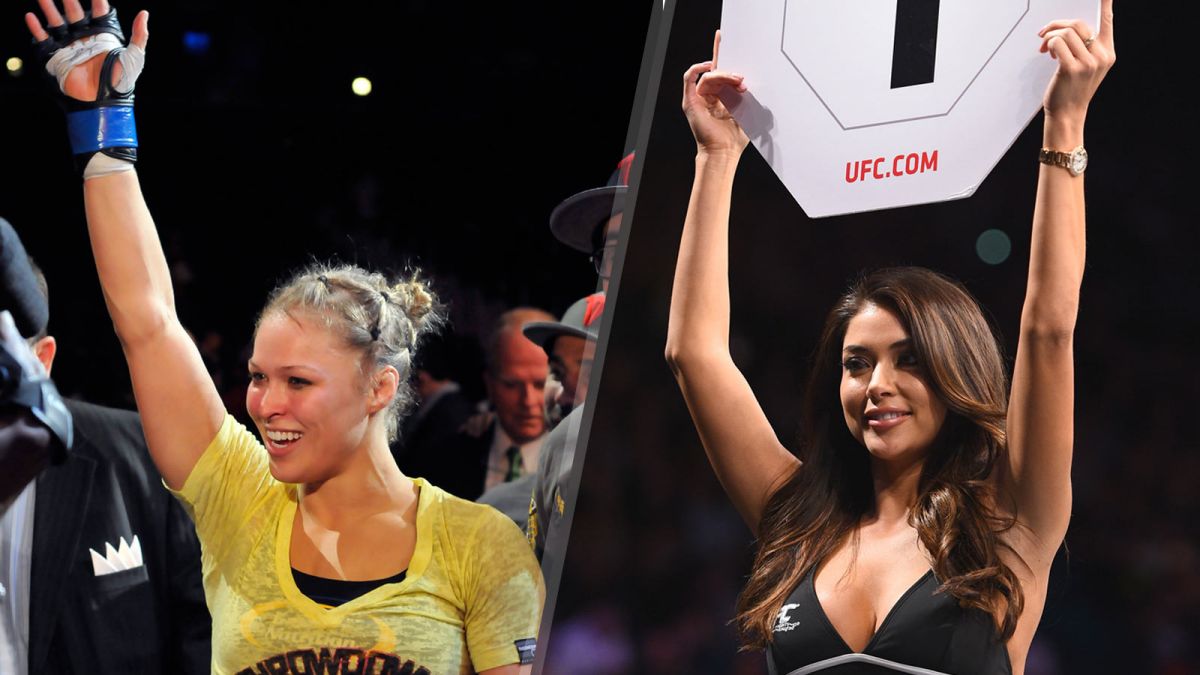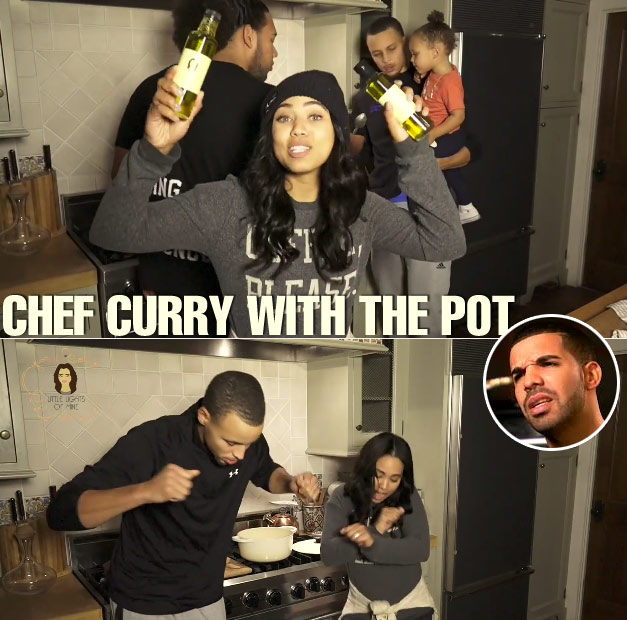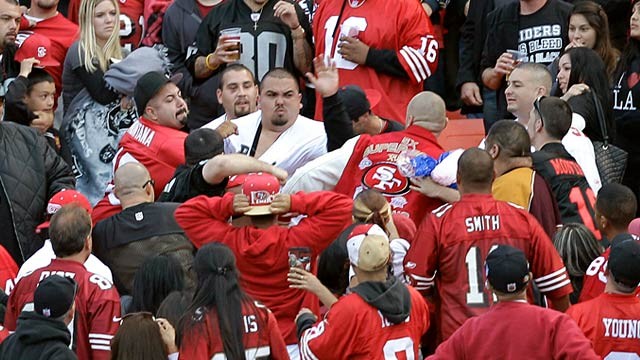The NBA adopted the coach’s challenge system during the 2019-20 season to trigger more instant replay reviews. But how do coaches around the league feel about it? Does it actually work?
LAKE BUENA VISTA, Fla.— Kyle Lowry likes to give the finger. Luka Doncic, too. Montrezl Harrell has been known to give his coach the finger. Daniel Theis regularly gives it to his. Chris Paul—he can’t stop.
The finger—the index twirl players will give in the direction of the bench, the signal of a player’s desire to challenge a call—has become as common as whistles and substitutions. Last summer, the NBA approved a change to its replay rules. Every game, teams would get one coach’s challenge that could be used to dispute fouls, out-of-bounds and goaltending violations. It’s a rule the G League had used the previous two seasons, with success.
Coaches challenged calls 633 times during the regular season, per NBA data. They were overturned 281 times, a 44% success rate. Out-of-bounds (75%) and goaltending/basket interference calls (68%) were challenged the most successfully. Foul calls were challenged most often (542 times) and had the least success (39%). In the playoffs, through Sept. 2, the percentages have remained largely static. Of the 36 challenged calls, 16 have been overturned—an identical 44% success rate.
In Florida, coaches have several tools to use to decide if a call is worth challenging. In each arena, the television feed is shown on a big screen across from the benches. Coaches reflexively stare at it, hoping for a quick replay. “My challenge percentage is pretty low,” says Celtics coach Brad Stevens. “So obviously my eyes aren’t good.” If they don’t get it, they look down the bench. Most teams have an assistant coach with a laptop open, reviewing the play. Those coaches have access to an isolated camera that they can quickly rewind.
If that is inconclusive, a coach can listen to the player.
“I’m awful at it with the players,” says Clippers coach Doc Rivers.
“I would say almost every time a player insist to review it, I never reviewed it,” says Nuggets coach Mike Malone. “I don’t know how much to trust them.”
Most coaches have similar guidelines for when to use challenges. They prefer to wait until the fourth quarter, when the stakes are highest. “It has to be of great value if I’m going to use it in the first half,” says Lakers coach Frank Vogel. When they use them earlier, it’s often to attempt to rescind a costly foul call on a star player or, Vogel says, an obvious chance to reverse something like a four-point play.
But what happens when a player storms to the sideline certain he didn’t commit a foul?
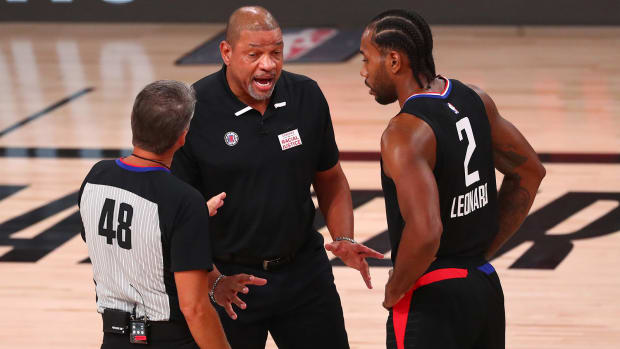
“I try to gauge who it is, meaning how often has he lied to me in the past and how adamant is he about it,” Rivers says. “I mean, I laugh now. I literally laugh. Every game, I see 15 a game, where the players are doing [the finger] and so unless I’m clear visually, I usually just ignore it. I did have one where Kawhi [Leonard], who rarely says something, runs to me and says, ‘I swear I didn’t touch him.’ And we challenged it and we won. After the game, I always say, ‘All right. Credible, he’s credible, not, not, not, not.’ I mean that’s basically what we do. We make fun of it now.”
Says Thunder coach Billy Donovan, “I think the ones where a guy is standing across the lane line away from the play and something happens, and they’re doing [the finger] to the bench … those are the ones I think you got to say, ‘Listen, if you’re involved in a play and you can actually see it, that’s fine.’ If not, I don’t know. We’ve really tried to make a point with our guys, saying ‘Listen, you guys are going to come over here and ask me a challenge. I’m O.K. with that, but you got to be right. You got to be right.’”
Teams coach players on when to ask for challenges. At the beginning of the year, the Celtics showed players clips of football players asking for challenges to help players understand the emotions of the moment. “We said, at the beginning of the year, we can’t always challenge,” Stevens says. “We have to wait until the appropriate time. We understand you really want to challenge it, and there’s times that we will early, but also just understand the big picture of what we think.”
With challenges, time is a valuable commodity; once the ball is handed to a player at a free throw line or to inbound, the right to challenge is over. Malone says he has thought about ways to slow down the game. “Pull the old Jason Kidd,” Malone says, referencing Kidd’s intentionally spilling soda on the floor to gain an extra timeout in 2013.
Players will try things, too. In Game 7 of Oklahoma City’s first-round series against Houston, Paul signaled to the Thunder bench for a challenge. When Donovan didn’t, Paul took a knee in the free throw lane, unlaced his sneaker and slowly tied it again. Referee Scott Foster, recognizing what Paul was doing, whistled Paul for a delay of game. In Denver’s Game 7 win over Utah, Malone was furious when the referees were slow to give Jamal Murray the ball at the free throw line.
Often, coaches say, they will rely on instinct. “Sometimes you have to go with your gut, trust your own eyes and what you see out there,” Malone says. And despite their battles with referees, the difficulty of the decision to challenge a call gives some coaches a deeper appreciation for the job.
“We sometimes have enough time to look at the video, and my coach is sitting there like, ‘I’m not sure,’” Rivers says. “And think about it, that ref had to make that call in real time. It does make you appreciate the officiating … at least for that moment.”
——————-
Did you miss our previous article…
https://sportsgooru.com/nba/hornets-fire-radio-broadcaster-john-focke-after-he-tweeted-racial-slur/

